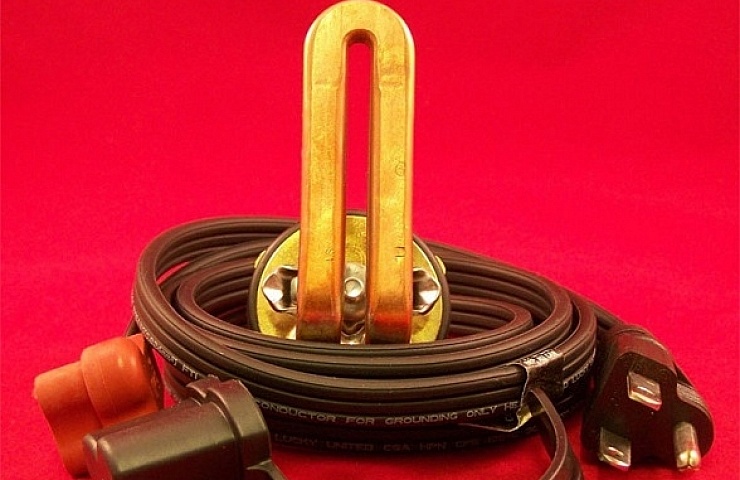Contents
Do you park your car outside in harsh winter weather? If so, then an engine-block heater will help your car start and run more reliably.
What Does an Engine-Block Heater Do?
When oil is too cold, it becomes thick, which compromises its lubrication properties. This leads to more wear and tear on the engine, which contributes to engine failure. Block heaters are especially useful for diesel engines because temperatures below 32 degrees Fahrenheit can make diesel fuel too thick to circulate properly.
Fortunately, there are good solutions for keeping your engine oil warm and supple if you live in a colder climate.
Shop now for Engine Block HeatersTypes of Engine Block Heaters
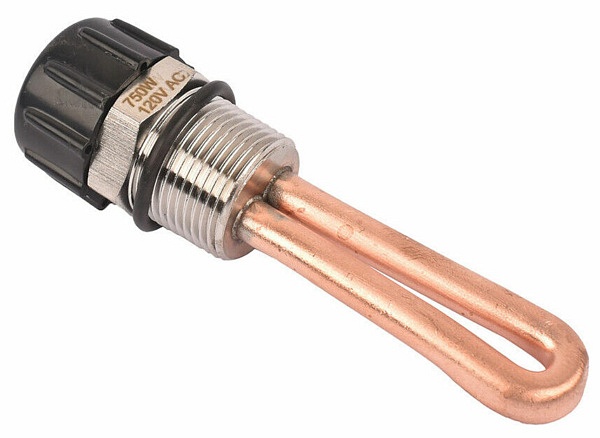
Freeze-plug engine block heater
Block heaters are typically installed in one of the freeze-plug locations—the part of your engine that fills casting core holes. The device works by heating the car’s coolant and, depending on the style, the motor oil as well. This, in turn, heats the engine block and diesel fuel. Heaters run off household current and take about four hours to heat the fluids.
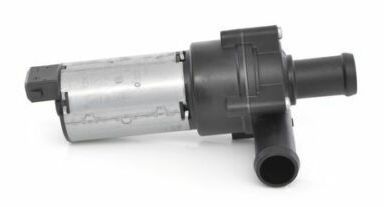
Coolant heater pump
Not only do engine block heaters improve cold starts, but they can also reduce emissions because the vehicle’s onboard computer doesn’t start working until it reaches operating temperature.
Unlike diesels, gasoline engines, if properly tuned and maintained, should start up fine at 32 degrees—but owners who live in areas where the temperatures drop below 5 degrees Fahrenheit should also consider a block heater. Some vehicles, especially when sold in cold-weather states, come from the factory with an engine block heater. But many don’t. In that case, there are several types of aftermarket products:
- A freeze plug heater ($40-$50), the most commonly recommended block heater, requires removing an existing freeze plug. It is a popular choice but requires some work to install.
- A dipstick heater ($40-$75) heats engine oil directly. It’s not designed to heat the engine block.
- An oil pan heating pad ($15-$30) acts like an electric blanket and warms up the oil in the pan. You need to gain access under the car to install the pad.
- An in-line coolant heater (about $300) is spliced into the radiator hose but may not warm all of the engine block or the oil. Using a small circulating pump warms more of the coolant.
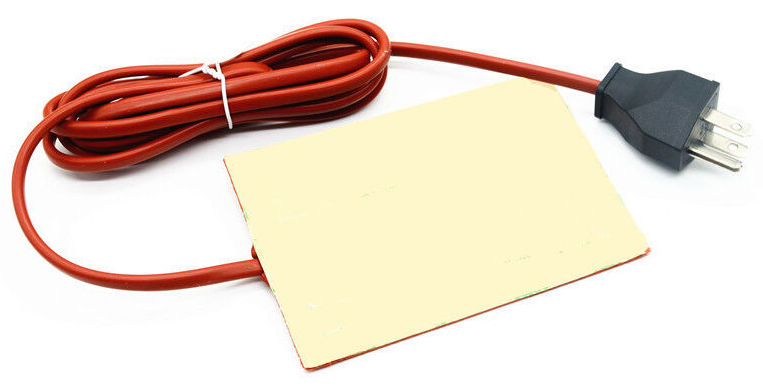
Oil pan heater
If you are within easy reach of an outdoor power outlet, plug in an engine block heater. But beware of stringing extension cords a long distance. It’s not safe. Also, most homeowners only have access to 120-volt receptacles. So you should make sure your heater is rated for the same 120 volts.
To save power, most owners should use a timer to run the heater for two to four hours before starting the car.
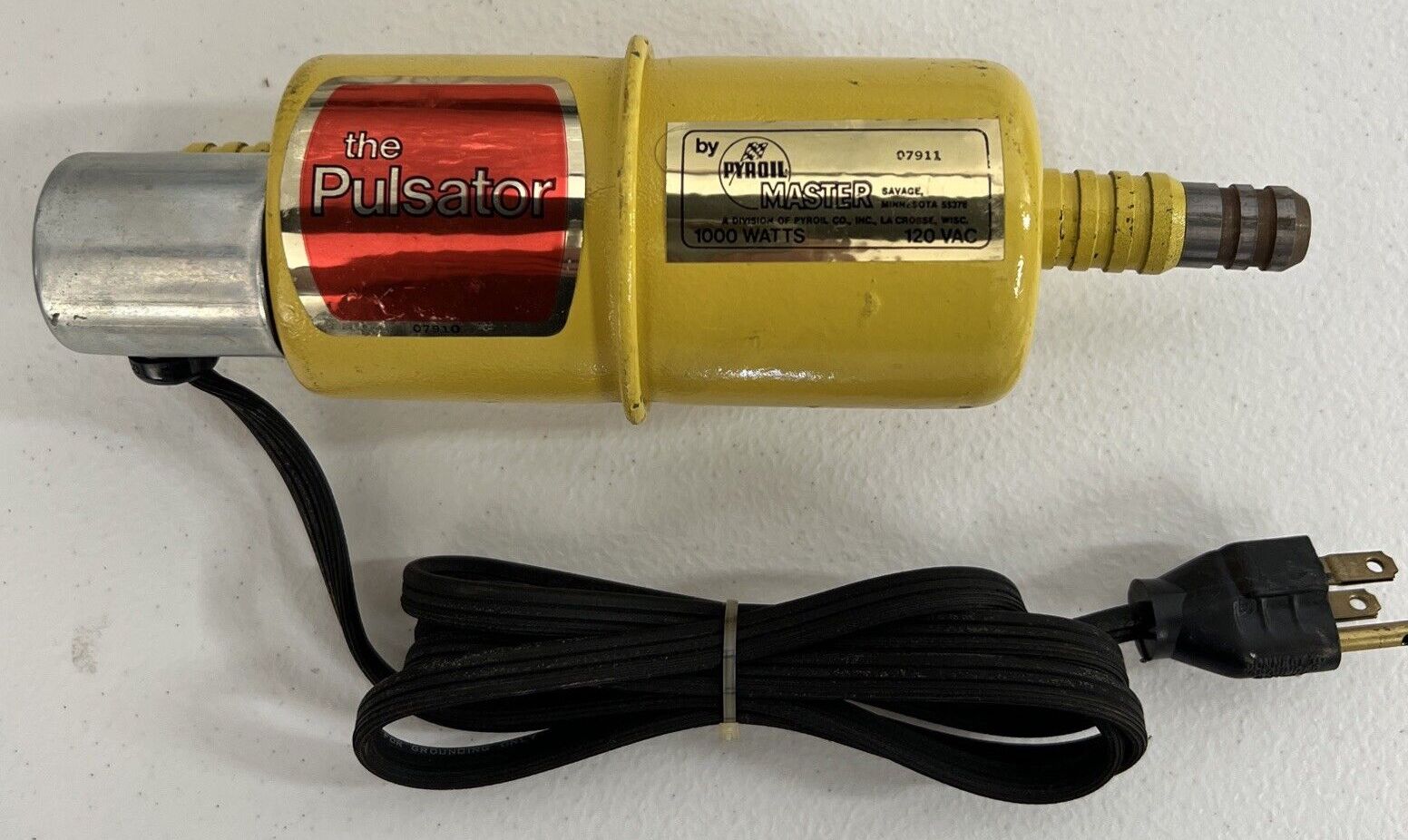
Coolant heater pump
Although engine block heaters are relatively easy to install, they have one limitation: They require access to a power source outside the vehicle. If you don’t own a home with a garage and typically park on the street, connecting a string of power cords to plug in a block heater is dangerous and should be avoided.
Regardless, it’s critical that you disconnect the cord before leaving a parking spot. Many owners leave a note by the door handle or the ignition switch as a reminder.
No Access to Power? Take These Steps
If you don’t have access to home power, there are still steps you can take to improve cold-weather start, beginning with the engine’s spark plugs and fuel injectors. Factory-installed spark plugs will maintain a precise gap and hence maintain emissions standards for up to 100,000 miles. But plugs start to degrade much sooner. So inspecting the plugs at 30,000 miles and replacing them as necessary will ease cold-weather starts.
See: How to Change Your Spark Plugs.
Using synthetic oil can also help, as does cleaning the fuel injectors. There are various gas tank additives for cleaning injectors. Unfortunately, they tend to be less effective than having a professional technician do the job.
The injector cleaning fluid these technicians use is exceptionally caustic, so they block off the fuel rails first rather than running it through the entire fuel system. If the injectors have any composite or plastic components, the safest way to clean them is to remove them from the vehicle and use an ultrasonic fuel injector cleaner.
While today’s car batteries are maintenance-free, they have a limited lifespan—typically two to three years, depending on the climate. Scorching temperatures degrade batteries the fastest, but extreme cold does damage as well. Consider purchasing a battery booster pack. These devices recharge at home and can jumpstart a vehicle if the car battery isn’t up to the job on a cold winter night.

